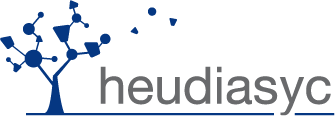Sidebar
This is an old revision of the document!
Seminars SIT55
September 28th, 2009 -- Pascal Vasseur, Chercheur CNRS
Title: Applying visual servoing to autonomous vehicle guidance - Lagadic's contribution to the CityVIP project
Abstract:
In recent work, autonomous vehicle guidance is done by processing information from the vision sensors. Cameras appear as very attractive sensors, especially in urban environments, where numerous visual 'points of interest' exist, and GPS signals are likely to be masked. Our navigation framework relies on a monocular camera, and the path is represented as a series of key images. In the first part of the seminar, we present a controller, which utilizes a time-independent varying reference, determined using a vector field, derived from the previous and next key images. The results show the advantages of the varying reference, with respect to a fixed one, in the image, as well as in the 3D state space. In the second part, we improve the framework, by introducing simultaneous obstacle avoidance. Kinematic redundancy guarantees that obstacle avoidance and visual navigation are independently achieved.
October 10th, 2009 -- Philippe Bonnifait, Proffesor UTC
Title: Positioning Integrity for Intelligent Vehicles
Intelligent Vehicles are robotic systems that assist the driver in safe and comfortable operation by providing pertinent information or by controlling the vehicle itself. Real-time and safe perception of the driving environment is one of the key issues. In this perception process, global positioning (also called self-localization) and map-matching are useful for retrieving contextual information stored in geographical databases. This talk first recalls the essential attributes of the quality of service of a positioning system. In particular, we will focus on integrity that is nowadays well standardized in the avionic domain (for safety of life reasons). For robotized land vehicles, integrity is a new concern. The concept of Protection Level will be described. The computation of Uncertainty Levels will then be addressed using robust state observation approaches, in a multi-sensor context, since modern vehicles are often equipped with a GPS receiver, dead-reckoning sensors (such as wheel-speed measurements, easily accessible on a CAN bus), road navigable maps, lidars and cameras. In a second part, we will present how to deal with map-matching integrity using multi-hypothesis road tracking. Experimental results obtained with different vehicles in the framework of the POMA/CVIS European project will be presented.
October 13rd, 2009 – Menhour Laghni, PhD Student Heudiasyc
October 20th, 2009 – Sergio Rodriguez, PhD Student Heudiasyc
November 17th, 2009 – Mohamed Bouai / Laura Muñoz, PhD Students Heudiasyc
November 24th, 2009 – Clement Fouque, PhD Student Heudiasyc
December 8th, 2009 – Benjamin Lussier, Einseignat chercheur
December 12sd, 2009 – Andrea Cherubini, Postdoc Rennes
Janvier 5th, 2010 – Cédric Tessier,




